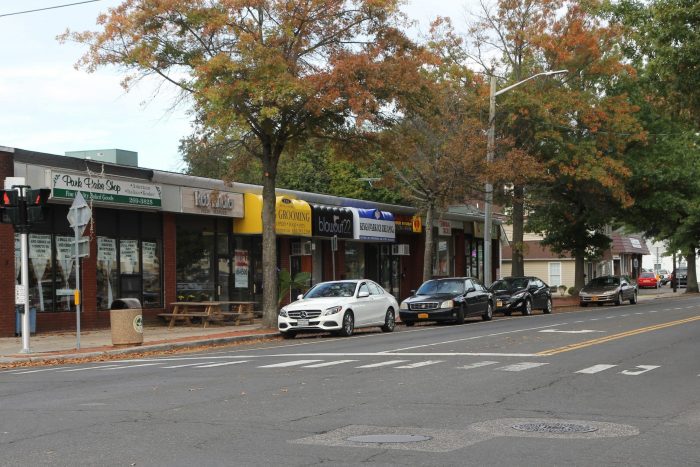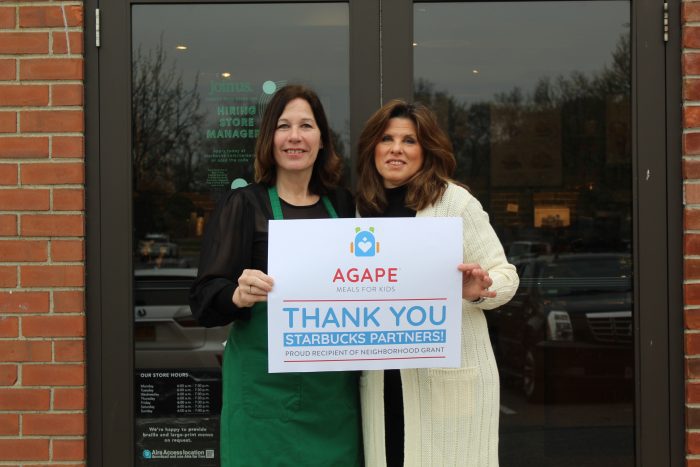By Melissa Arnold

A few years ago, Smithtown resident Charles Armstrong was looking forward to a long, lazy summer break from high school. Then, everything changed when doctors found a tumor in his brain. He was only 15 years old.
Throughout the course of his intense treatment regimen, Armstrong was comforted and entertained by his family’s sweet new dog, Beef. In fact, Beef had such a special personality that someone suggested he write a book about her.
And that’s exactly what he did. Now 18 and thankfully cancer-free, Armstrong decided to share his story to help other kids with cancer feel a little less alone. His debut book, The Dog Named Beef and Her Superpower, focuses on Beef’s relationship with Charlie as she works to help him feel better. It’s light and approachable for young kids, and includes a note from Armstrong in the back that goes into more detail for older readers. The book has cute illustrations throughout and some real pictures of Beef and her family at the end. Kids stuck in bed will enjoy the activity pages that were wisely included as well.
Did you ever consider writing a book prior to your illness?
I wasn’t much of a creative kid. In fact, I had to take extended English classes because I struggled with it. I always told my parents I hated reading. But then in my junior and senior year of high school, I had a few teachers tell me that they really liked my writing. After my treatment, I realized I actually liked to read and started writing things on my own.

Did you have any warning signs that something was wrong prior to your diagnosis?
I was out riding my bike with some friends right after school got out for the summer in 2020. It was a hot day, and my head really started to hurt. I had lots of pressure in my head, along with black spots in my vision and nausea. I came home and told my parents, and they figured it was heat exhaustion, but decided to be on the safe side and take me to the doctor. Not long after that, results of the scans came back to show a ping pong ball sized tumor in the center of my brain. It flipped our whole world upside down.
It was a type of tumor called a pineoblastoma. The tumor was causing spinal fluid to build up and I developed hydrocephalus, so I had surgery to address that, and then the biopsy confirmed it was cancer. During a second surgery, they were able to remove 99 percent of the tumor. After that, I had six weeks of radiation and six months of chemo infusions at Stony Brook.
It’s hard for anyone to face cancer, but it’s even rarer for young people to be in that position. Were you lonely?
It was tough because the COVID pandemic was also going on at the time, so there were a lot of restrictions on hospital visitors. But the staff did whatever they could to keep me connected to people while I was in the hospital. I would stay there for four or five days every month as part of my treatment routine. But my mom was able to take time off of work to stay with me, and I was able to use my phone to text with friends.
 Did you have pets growing up?
Did you have pets growing up?
Yes! We had both a cat and a dog when I was younger. My brother has a ferret, and we also have a bird.
Whose idea was it to get a dog?
It was a family decision. After our first dog passed away, we took some time to grieve and after a while we decided to go to an adoption event at Last Chance Animal Rescue in June of 2020. That’s where we met Beef. My brother and I volunteered there when we were younger.
What drew you to Beef?
She was so timid and hiding in the back of the area, but when we approached her she got so excited and licked our faces. We all fell in love with her right away. Other people were looking at her, but we said, “No way, this is our dog now!” As it happens, she had been up for adoption for several months before we met her. I guess she was waiting for us.
Many animals are known to be very caring, especially when a family member is sick. Did Beef treat you differently?
We hadn’t had her for that long when I got sick, but she could tell that something was wrong in the house. She knew we were distraught, and at night she would always snuggle with me.
How did she help you? Did she affect your family too?
She just always knew what to do to lift me up, whether it was putting her head on my shoulder or chasing her tail to snap me out of a rut. On days when I was feeling okay we would play together. She makes all of us laugh. There’s a scene in the book where she does a handstand, and something very similar to that actually happened. She’s so emotionally intelligent and funny.
 Why did you decide to write a book about your experience?
Why did you decide to write a book about your experience?
Going through all of the treatment associated with cancer, I had support from so many different directions. I wanted to find a way to provide that support in some way to other kids My cousin’s girlfriend joked that I should write about Beef, but the more I thought about it, the more I realized it could help other kids that were going through an illness. Beef is a funny dog, and the story could help them feel some of the love she showed me in that time.
Did you self-publish or use a traditional publisher?
I self-published through Amazon KDP. They made it very simple. It’s a lot of work, but the process was pretty streamlined and it was a great experience overall.
Who is the illustrator?
The illustrator is Inga Buccella. My mom found Inga on Etsy, and she was so enthusiastic about being a part of the book when I told her my story.
 What was it like for you when the book arrived?
What was it like for you when the book arrived?
It felt so surreal to hold it in my hands. It still doesn’t feel real to think of myself as a published author, but it’s great.
How are you doing now? What are you up to?
I had my most recent scans a few months ago, and they showed that I am still cancer free. I work a couple different jobs and am interested in getting into marketing. I’ve been working out a lot and just did my first Spartan race! I also got a chance to be a part of a short student film in New York City.
What is the target age for the book?
I wanted it to be accessible to as many kids as possible. I think it would be right up the alley of kids between the ages of 3 and 7, though other age groups might find it relatable, too.
—————————————-
The Dog Named Beef and Her Superpower is available now at Amazon.com. Keep up with Charles on Instagram @charlesparmstrong, and follow Beef’s antics on TikTok @the_dog_named_beef.


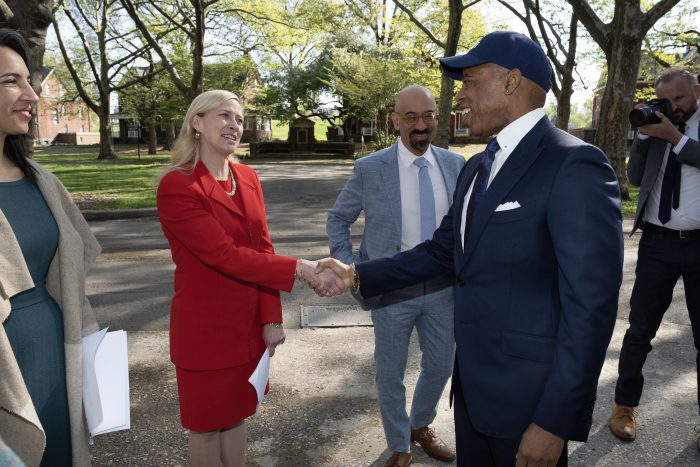
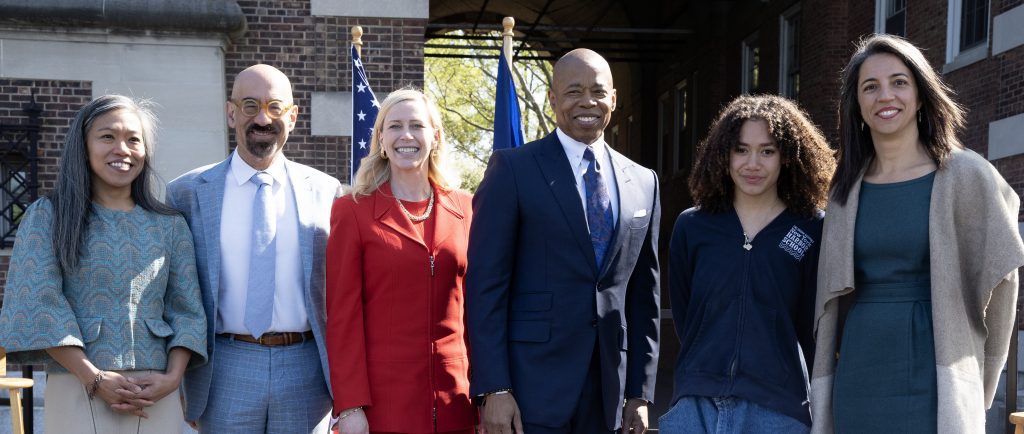

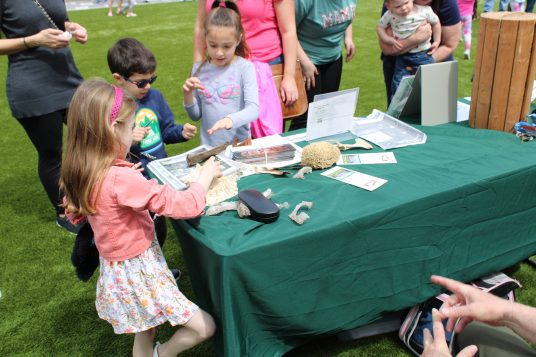
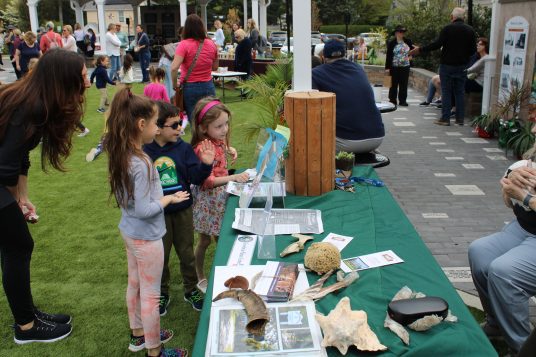

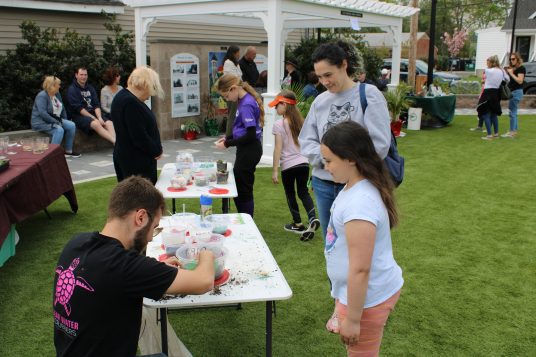
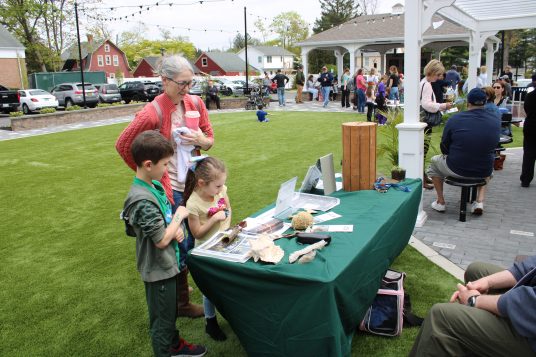
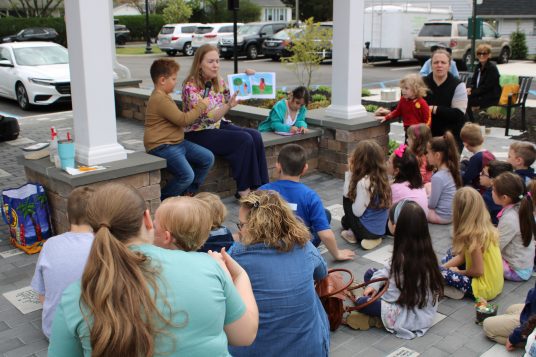
































 Eddie McGee, South Setauket
Eddie McGee, South Setauket Christine Burkhardt and anonymous friend,
Christine Burkhardt and anonymous friend, Lawrence and Debra Batton, Middle Island
Lawrence and Debra Batton, Middle Island